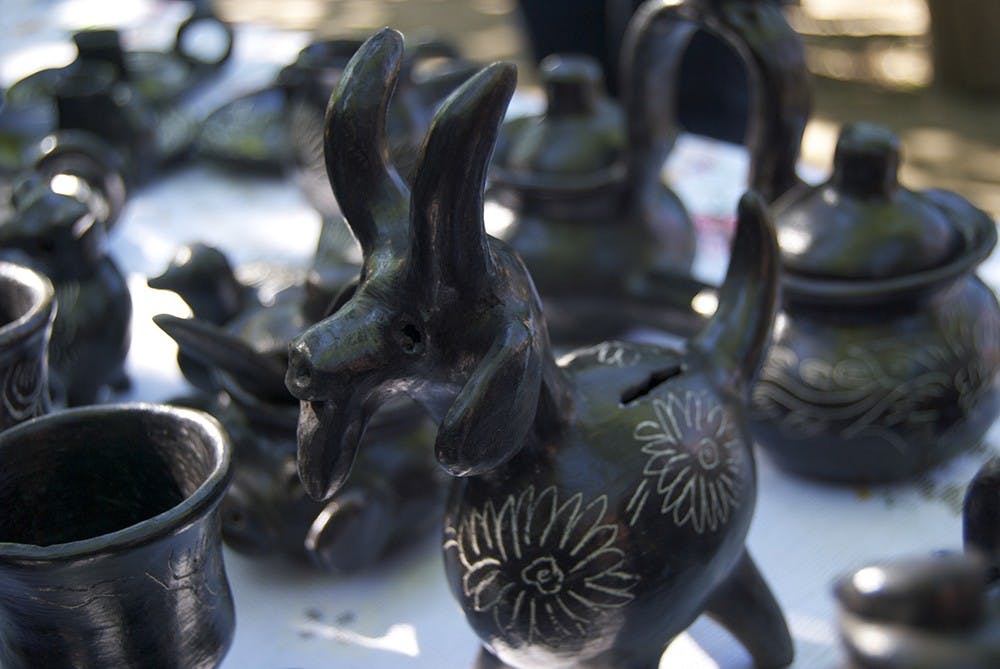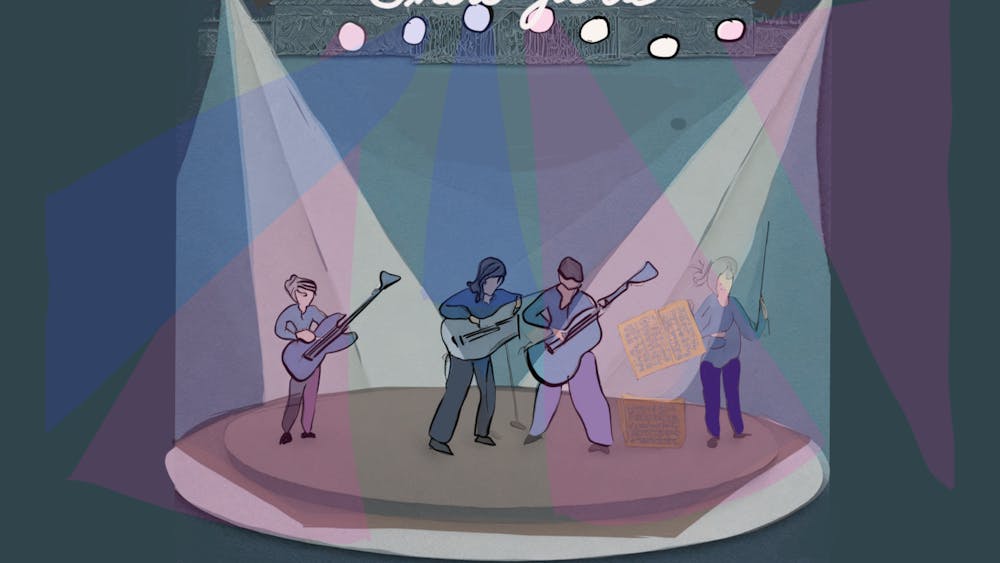Culture and tradition function as important aspects of many Chilean lives. The pride Chileans have for their culture is evidenced in the craftsmanship of their music, art, food and way of living.
This past weekend, I visited Chillán, a place thriving with these elements of culture and tradition.
Founded in 1580, Chillán is the heart of Chile’s agricultural region, the birthplace of Chile’s national hero, Bernardo O’Higgins, and is currently home to several local craftsmen and women.
Following visits to the Escuela México, where exquisite, symbolic murals and memorials to Chile’s national heroes lined the ceilings and walls, we finally checked into our hotel and prepared for the rest of the weekend.
The next day, we woke up bright and early and headed to Quinchamali. This is a small town just outside of Chillán where we watched traditional ceramists craft black pottery, a technique and design known all over the world and credited specifically to Quinchamali.
We stood there and watched as two women took lumps of dark clay and effortlessly molded them into small sculptures by hand. They explained to us how they got the black color, which somehow involves an interesting mixture of cow and horse poop.
I tried not to think about that too much as I held the various bits of pottery.
From the pottery makers, our trip coordinators took us to visit a Chupallero, or Chilean cowboy (huaso) hat maker, in another small town outside of Chillán, Ninhue.
The heat beat down on us, as it was midday, but the Chupalleros provided us all with some of their sombreros to keep us in the shade while we watched them make the hats.
Using old-fashioned, mechanized sewing machines, the Chupalleros spun the hats rather quickly from straw. They were then decorated with different colored ribbons or pieces of leather.
The final activity we participated in was, or what we thought was going to be, a tour of the Los Pincheira cave, as it was listed on our weekend itinerary.
When we arrived at the access point, we were led down a woodsy trail by a woman clad totally in black.
We were all chatting and laughing, when we arrived at a massive rock overhang. Benches spread in front of the giant rock and wooden, cage-like fences were constructed into the rock.
As soon as we were all sitting, the woman yelled at us “silencio!”
A little taken aback at her mean attitude, we immediately hushed and listened as she told us her name, Rosario. She told us about two groups of bandits who lived in Chile in the 1800s, and that she and her brother were members of one of the notorious bandit groups.
Utterly confused, we sat and listened as she told us she was going to transport us back to 1819, to the place where the bandits were stealing women, gold and silver. She commanded us to close our eyes and listen, so we did.
Immediately, we heard thundering hooves and gunshots in the air.
Every single one of us jumped out of our skin as our eyes flew open and two men, also clad in black, artfully maneuvered giant horses between the rows of benches we were sitting on, and shot blanks into the air.
They yelled at us and, as if we weren’t already scared enough, Rosario grabbed my friend and I, shoving us toward the cage-like structure on the rock. As we ran toward the cage, the men on the horses charged at us, shooting their guns off behind us.
Needless to say, our pace went from an ambling jog to a full-out sprint toward the structure.
Turns out, we were all part of an interactive reenactment of a historical bandit kidnapping, and in the end, we all had a good laugh about it. Denying ever being actually scared, of course.
Following the terrifying Los Pincheira “kidnapping,” our Chillán trip ended and we all boarded a bus and prepared for the six-hour return trip to Santiago.
We experienced a lot in the three days we were there and grew even closer as a group. With that being our last group excursion, it was also clear that our time here is coming to an end as we try and soak up all the Chilean experiences we can.






